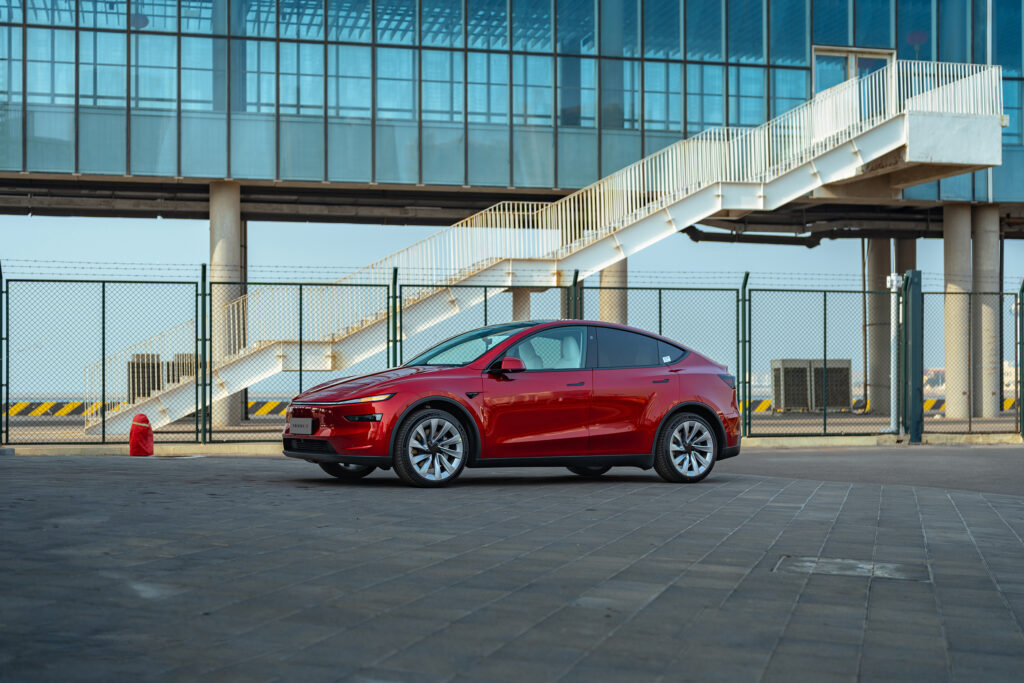Faraday Future Lost $48 Million And Only Delivered Two Cars In Q1
- Faraday Future had a dismal first quarter as they only delivered two units of its FF 91 EV.
- The company made a paltry $300,000 in revenue and posted a net loss of $48.2 million.
- Despite claims of 1,300 pre-orders for the Super One van, only three of them are binding.
Faraday Future has big plans including a new mainstream FX brand. It’s expected to offer an assortment of vehicles including a Super One minivan, an FX 6 crossover, and an entry-level FX 5 that costs between $20,000 and $30,000.
That’s a lot of new product, but Faraday Future doesn’t exactly have the best track record. On top of that, they’ve released their first quarter financial results, which paint a concerning picture.
More: Faraday X Super One Minivan Teased With A Big Honkin’ Grille
How bad? In the first quarter, the company delivered a grand total of two cars. That’s less than one per month, but it didn’t stop the automaker from proclaiming they expanded their “client base” and officially entered the East Coast market thanks to a delivery in New York.
That’s some glass half full thinking and things only get worse from there. Given dismal sales of the FF 91, the company only generated $300,000 (£225,576 / €266,712) in revenue from deliveries and leases.
If that wasn’t bad enough, Faraday continues to hemorrhage money. While the press release didn’t mention their net loss, it was buried in their financial presentation and totaled over $48.2 (£36.2 / €42.8) million.
Those are some bleak numbers and their release had more warnings than a five alarm fire. These included the company’s “history of losses and expectation of continued losses” as well as risks related to operations in China.
Faraday Future did reiterate some good news including a pre-order agreement for 1,000 FX Super One vans from JC Auto. However, the forward looking statement burst that bubble as it noted the true number “may be as few as two.”
Likewise, the previously announced pre-order deal with Sky Horse Auto for 300 MPVs could be “as few as one.” On the bright side, their $30,000 (£22,550 / €26,658) deposit was non-refundable and that’s big money for a firm like Faraday.


